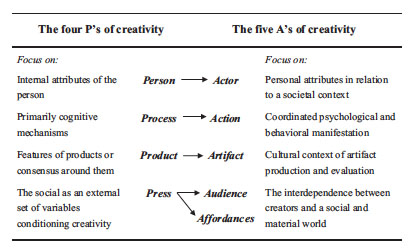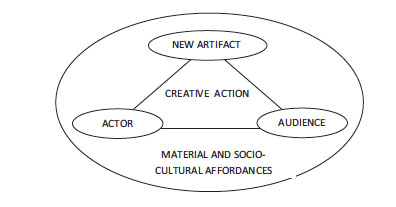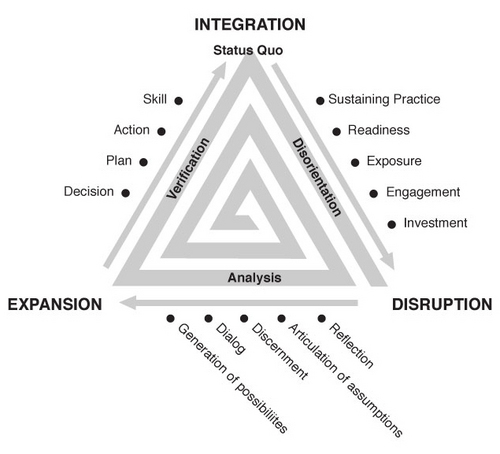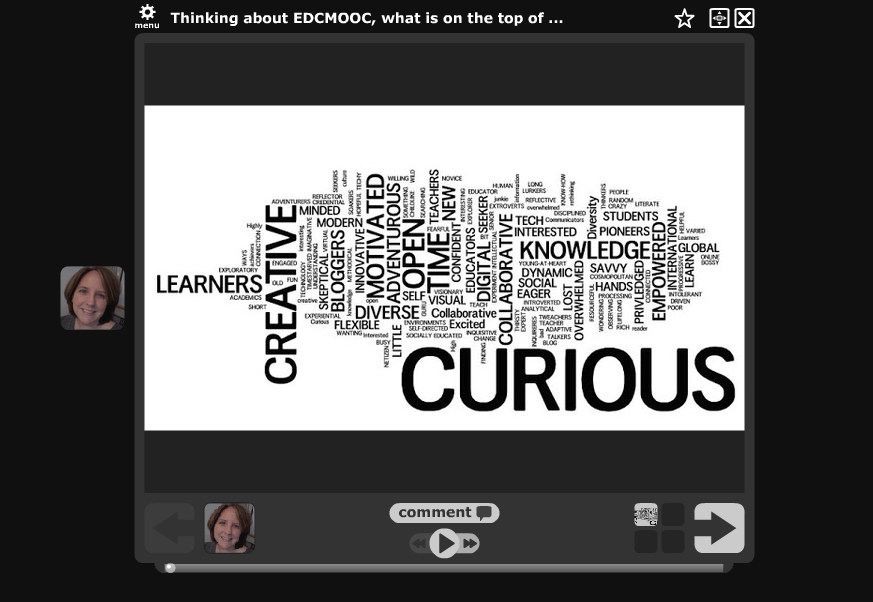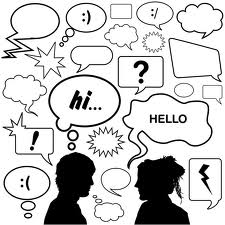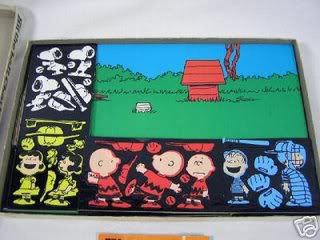
I’m currently engaged in a new Collaborative Exploration offered up the the Critical and Creative Thinking Community out of UMass Boston entitled “Young People Designing Their Own Lives.” The case challenges explorers to think about how we might go about helping young people tackle their life design challenges by presenting the concept for a script or book that would guide young folks as they chart their course.
Interestingly, this coincided with a conference session at the National Humanities Conference this past weekend. Folks from the PA Humanities Council talked about their Teen Reading Lounge program. The program has teens read books, discuss them, and then do hands on activities related to the books. The presenter linked the program and the exploration of literature to these key life questions teens are confronting:
- Who am I?
- What is my place in the world?
- What do I believe?
Definitely, important prompts to start a life journey. As I’ve been contemplating this case, I have also been thinking about creative books and activities from my youth. One of the things I loved most when I was young were Colorfoms. I loved having scenes where I could place characters and props. I could rearrange and reconfigure infinitely. I was free to orient, overlap, and edit. At the same time, I had a container or structure that bounded my exploration.
About a year ago, a few of my favorite pre-teens were interested in creating their own “tv show.” I gave them some simple guidelines:
- they each needed to have a character and know what their character was about and how that character related to the other characters
- they needed to have at least 3 settings
- they needed a challenge, task, or mission that they were trying to accomplish
- they could each bring or include one friend in the process
The girls scripted out a basic story line. They knew what each scene was and what they were trying to do. I told them to come to the tv studio ready to act. They should bring any costumes or props that they needed. I then let them design and arrange the various studio sets and furniture how they wanted. I showed them how the green screne worked so they could see the possibilities for creative backgrounds. From these basic elements they created and orchestrated a pretty silly, but cohesive story that was generated out of their own creative mind. It was sort of like Colorform media.
So, as I’m exploring and thinking on this month’s collaborative exploration, I’m contemplating how to go about crafting a basic environment with enough raw materials that might jumpstart the life design mindset of teens. What would this look like? What format — book, script, media production, game? What elements need to be in the mix and what will allow them to productively craft this? What supports or guidance are needed? It is exciting to think about.


